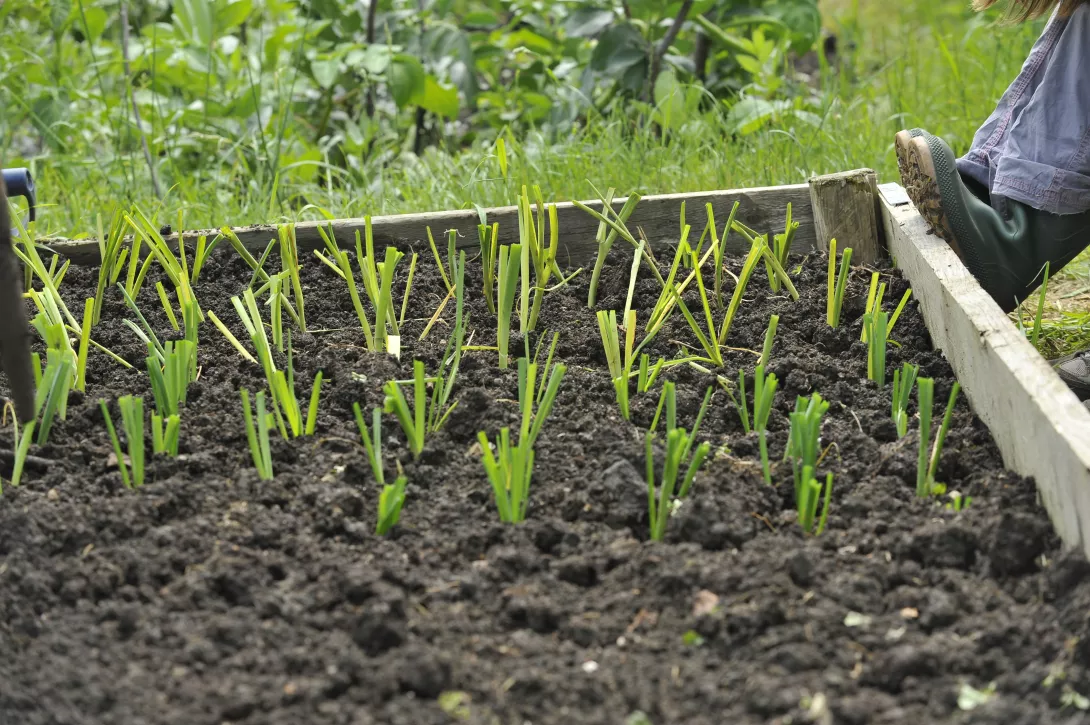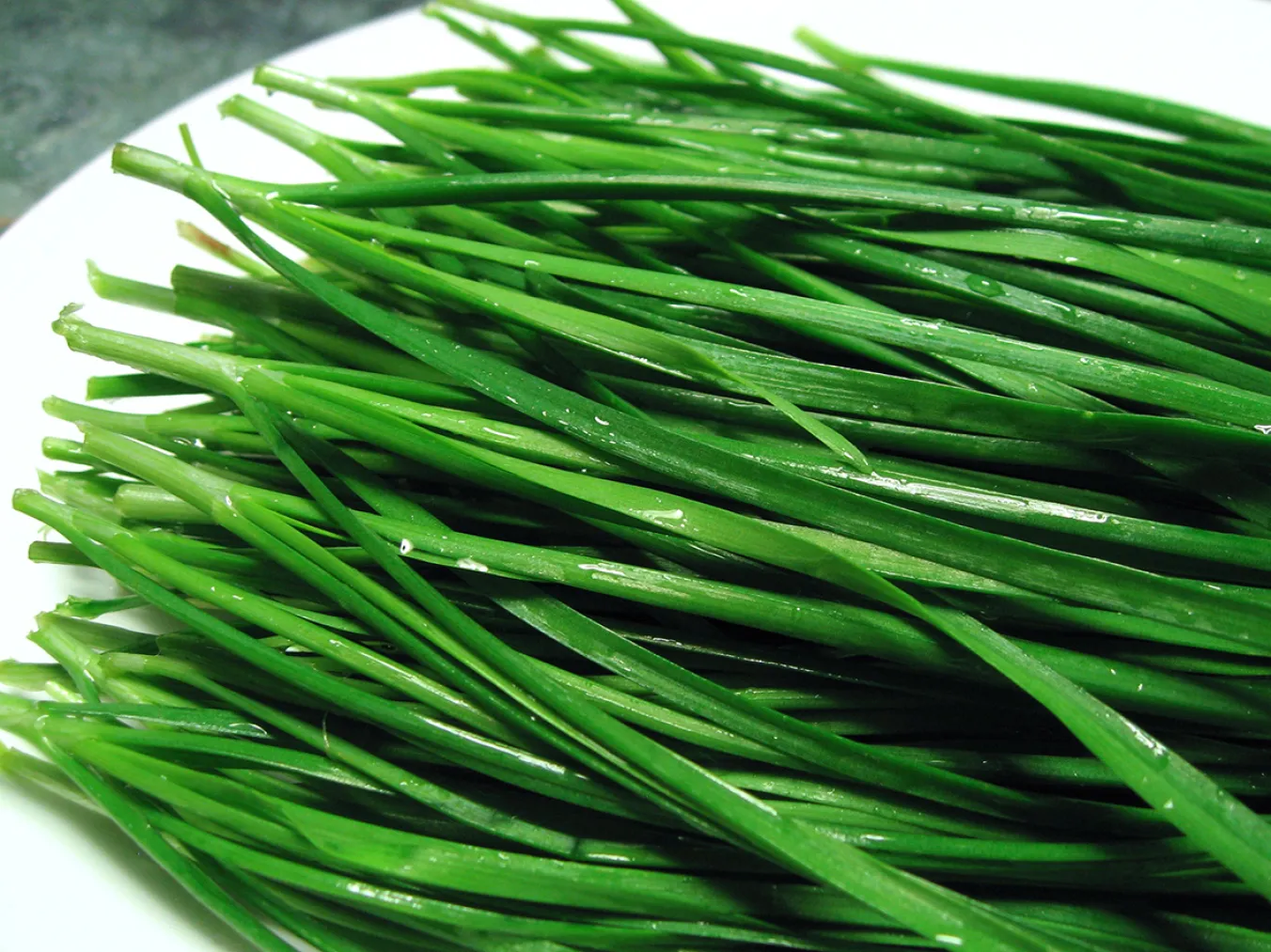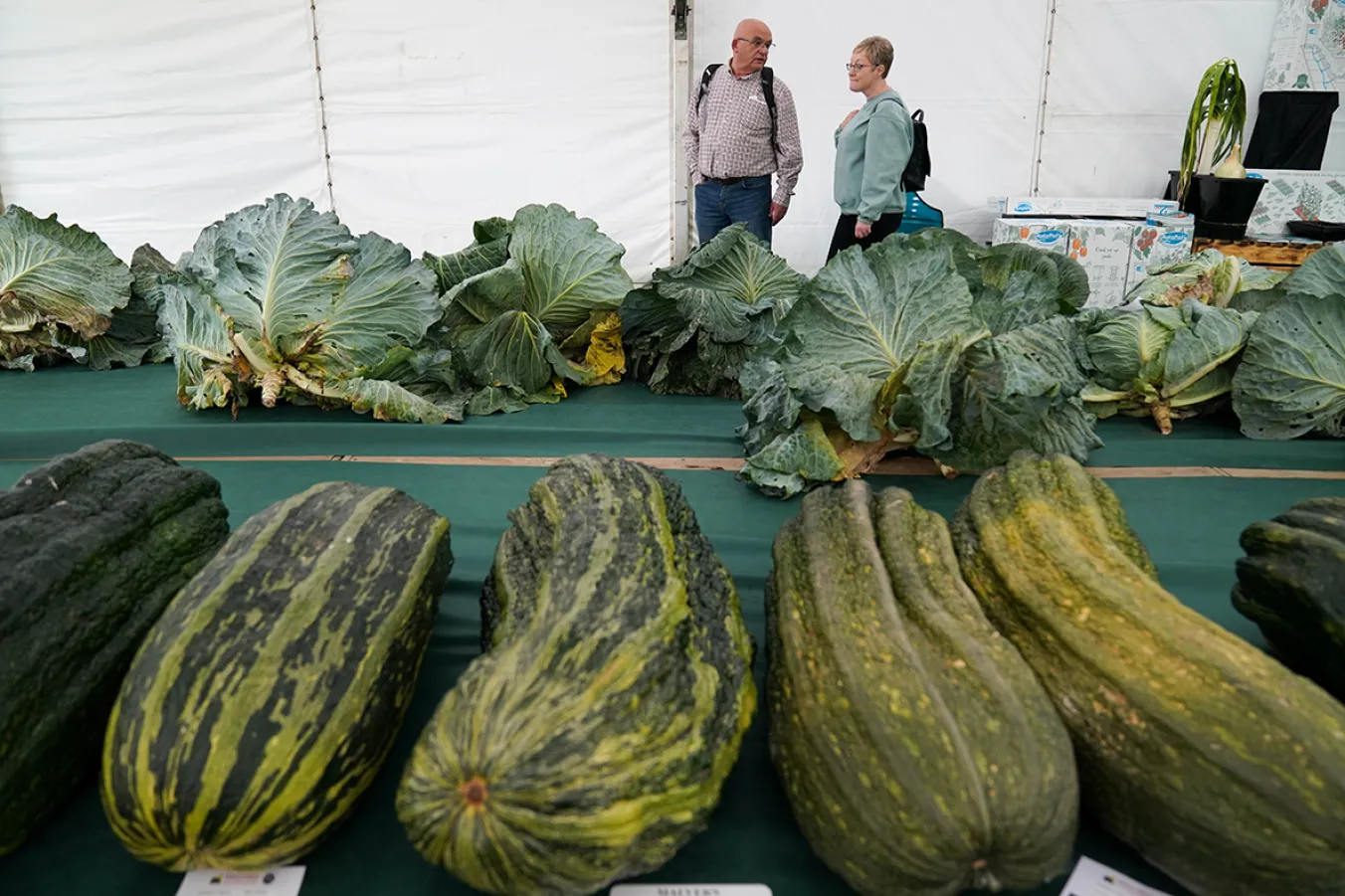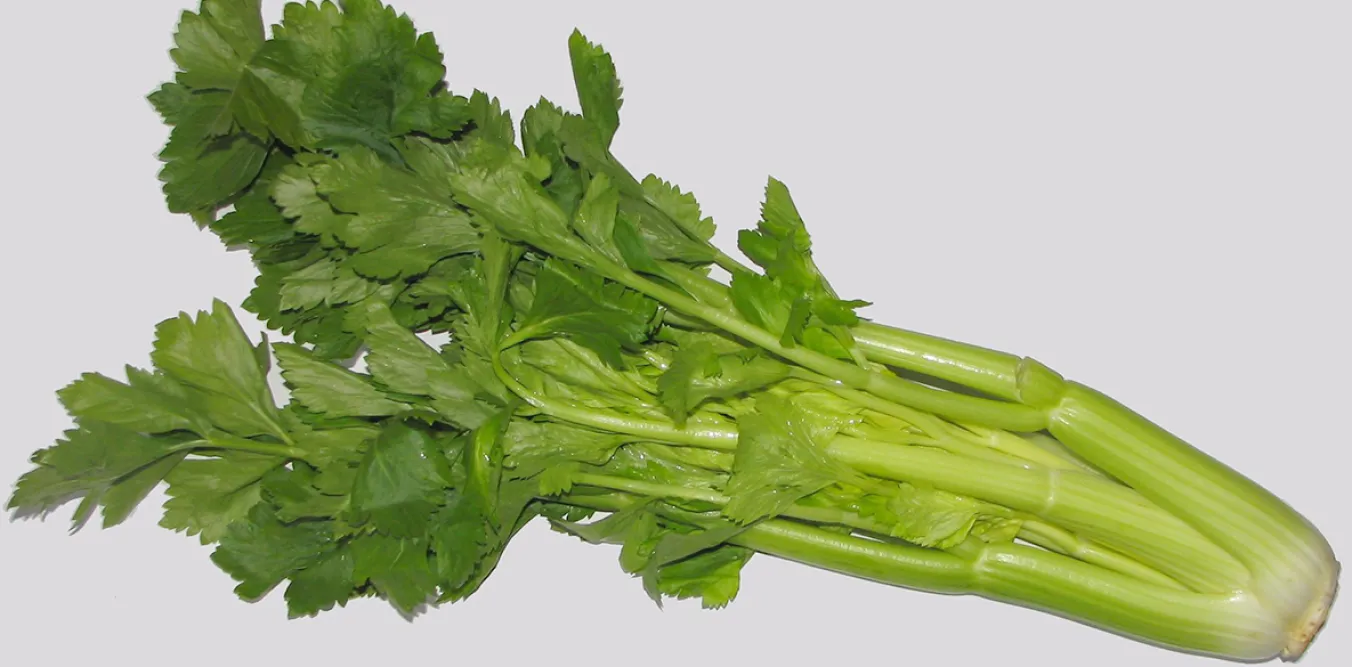
ONE gardening job you can do at this time of year, even if it’s raining and even if the ground is frozen, is to start preparing a raised bed for use in the spring.
Arguments pro and con the environmental and horticultural benefits of no-dig gardening are too involved for this column, but one thing none can deny: the no-dig approach is a hell of a lot less work than the traditional double-digging method.
The usual seasonal prohibitions about interfering with soggy or frozen earth don’t apply in this case, as you’re not doing anything to the soil itself and therefore you can’t damage its structure.
Your new bed can be as long as you like, but its width is limited by the reach of the person who’s going to be gardening it. You want to be able to weed, water, sow, plant and harvest from each side of the bed right to the middle without having to stand on the soil. For most of us that means making the bed about 4 feet (122 cm) wide.
If there are weeds or grass growing on the chosen bit of ground now your first job is to cover it completely with thick cardboard. As well as providing a physical barrier to their growth, this will deprive the weeds of light. Of course it won’t work 100 per cent, because life’s not like that, but any out-of-place plants which do appear later in the year are easily removed because they’re growing in deep compost.
That’s the next stage — adding the compost, to a depth of at least 2 inches (5cm), though double that will be even better if you can get hold of that much organic matter. Pretty much anything will do — manure, home-made compost, perfect but pricey topsoil, leafmould, bought-in compost, whatever’s available. A combination of different materials is also good.
Even if the compost you’re spreading is a bit lumpy, not fully rotted, don’t worry: it should be OK by the time you come to use the new bed. At the very end of winter, around late February in my part of the country, I like to give these no-dig beds a light raking. The emphasis is on light — I don’t want to mess up the soil structure, or risk mixing the top layer of earth into the middle. But a shallow, gentle raking should help break up any remaining large clods and leave the surface finer and therefore more receptive to the seeds I’ll be sowing a few weeks later.
I once spent a whole winter double-digging (otherwise, and more colourfully, known as “bastard trenching”) a large allotment. It was hard but satisfying work, and there is a certain primal exhilaration to be had from sweating under a post-solstice sun, while robins dart in and out between your feet.
However, that was a long time ago, and this winter the main gardening job I’ll be undertaking is sitting indoors watching the snooker — while thinking about what to plant when spring comes.

















